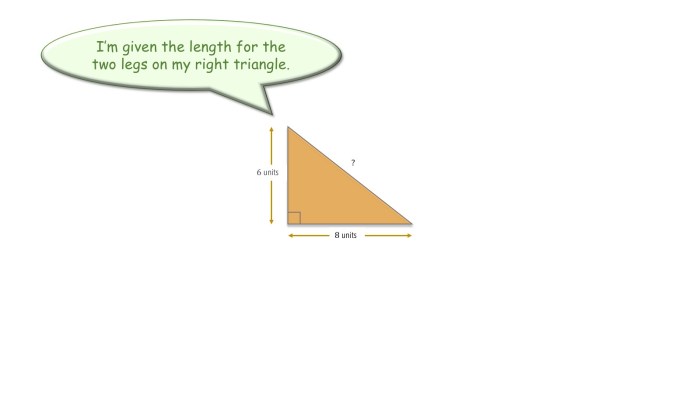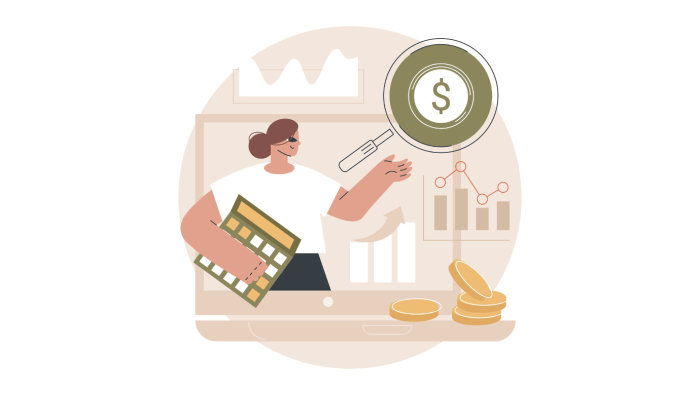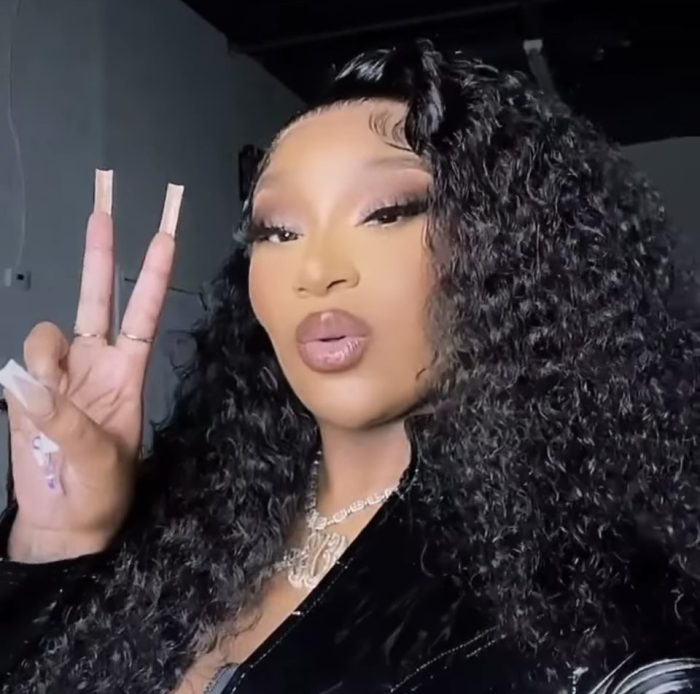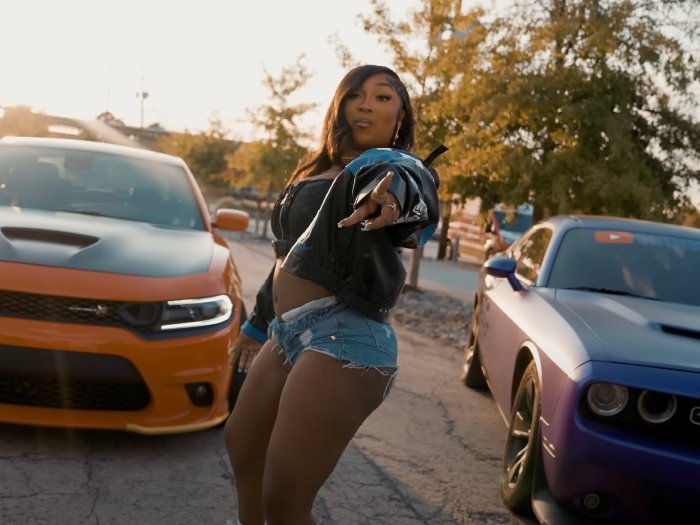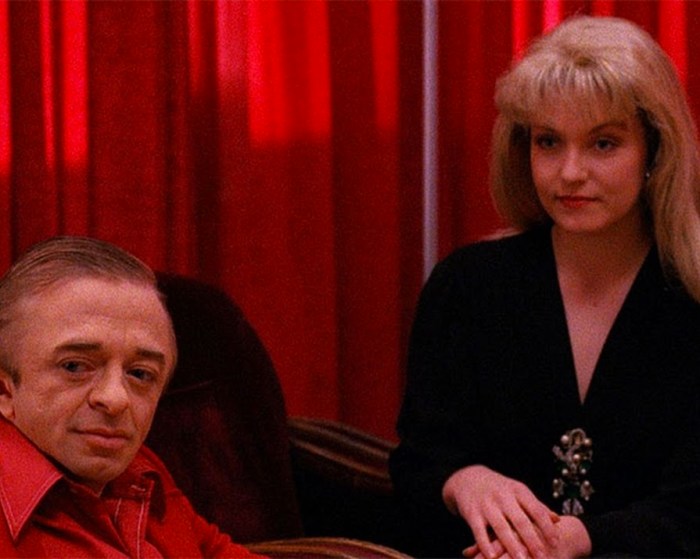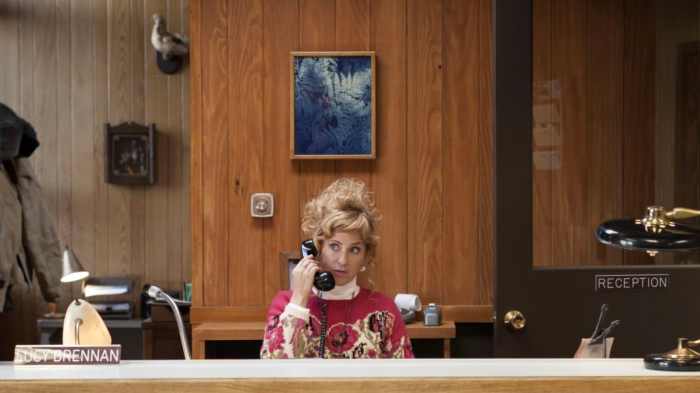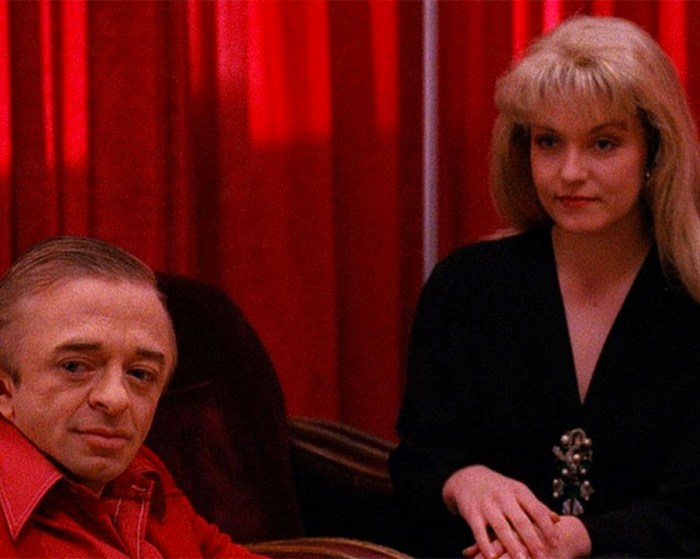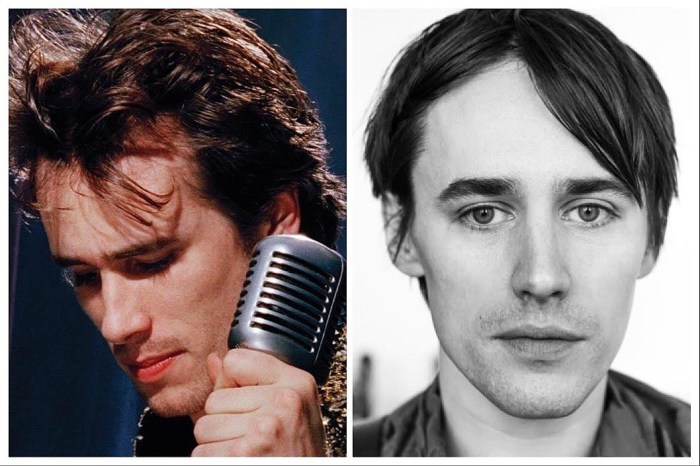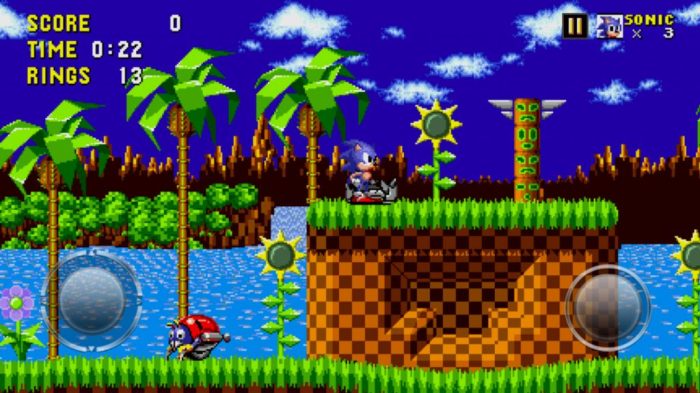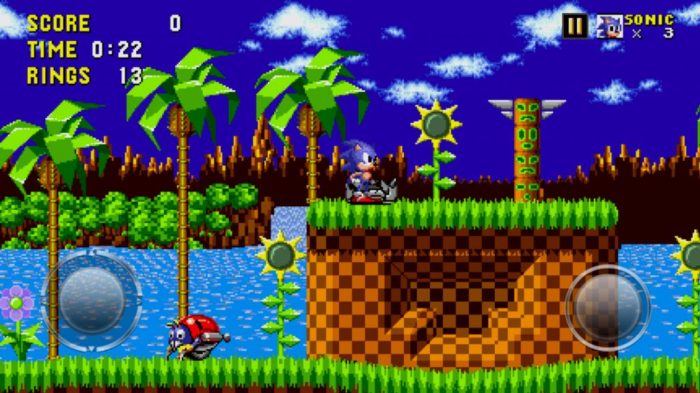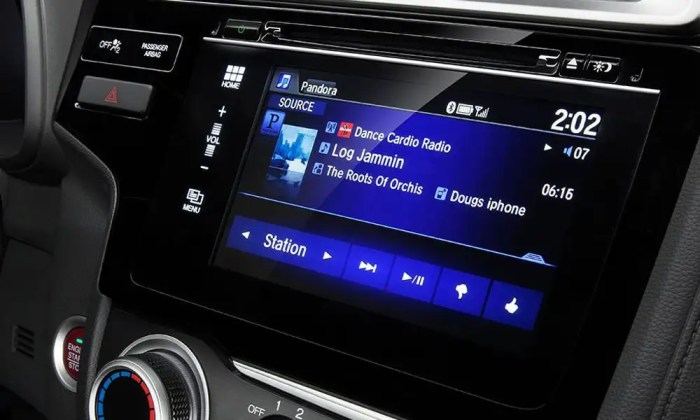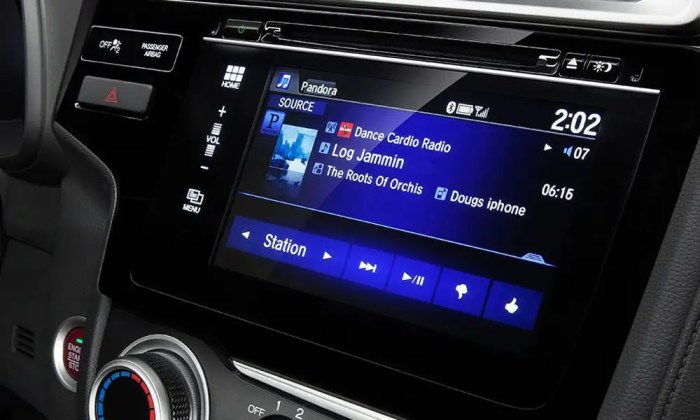Use the Pythagorean Theorem to unlock the mysteries of right triangles! This exploration dives deep into the theorem’s historical context, fundamental role in geometry, and practical applications. We’ll explore its use in construction, surveying, navigation, and even coordinate geometry. Get ready to master the art of calculating missing sides and solving a wide array of problems using this powerful tool.
From its simple equation to complex applications, we’ll break down the Pythagorean Theorem, demonstrating its versatility and importance in various fields. This guide provides a comprehensive overview, including visual representations, problem-solving strategies, and special right triangles. Prepare to be amazed by the elegance and power of this fundamental geometric concept!
Introduction to the Pythagorean Theorem
The Pythagorean Theorem is a fundamental concept in geometry, establishing a relationship between the sides of a right-angled triangle. It’s a cornerstone of mathematics, with applications ranging from surveying and architecture to navigation and advanced scientific calculations. Understanding this theorem unlocks a deeper comprehension of spatial relationships and geometric principles.This theorem, named after the ancient Greek mathematician Pythagoras, describes the precise connection between the lengths of the sides in a right-angled triangle.
Its historical significance lies not only in its elegant simplicity but also in its profound implications for the development of geometry and mathematics as a whole. Its use is ubiquitous, impacting various fields, and its importance is undeniable.
Historical Context and Significance
Pythagoras, a Greek philosopher and mathematician, is credited with the theorem, although similar relationships were likely known to other civilizations before him. Early Babylonian and Indian mathematicians, for instance, had insights into the numerical relationships between the sides of right-angled triangles. The theorem’s significance stems from its ability to determine the length of an unknown side of a right triangle if the other two sides are known.
This simple yet powerful relationship is the foundation of trigonometry and many other mathematical concepts.
Fundamental Role in Geometry
The Pythagorean Theorem plays a crucial role in geometry, enabling the calculation of distances and areas in two-dimensional space. Its application extends to three-dimensional problems as well. The theorem provides a precise method for finding unknown lengths, leading to the development of more complex geometric calculations. This allows for the determination of the diagonal of a rectangle or square, the hypotenuse of a right triangle, and much more.
This theorem underpins many other geometrical and trigonometric principles.
Different Forms of the Theorem
The fundamental relationship of the Pythagorean Theorem is often expressed as a² + b² = c². However, depending on the known values, various alternative forms exist.
| Form | Description |
|---|---|
| a² + b² = c² | The standard form, where ‘a’ and ‘b’ are the lengths of the legs (sides adjacent to the right angle), and ‘c’ is the length of the hypotenuse (the side opposite the right angle). |
| c² = a² + b² | Rearranged form to isolate the hypotenuse ‘c’. |
| a² = c² – b² | Rearranged form to isolate a leg ‘a’. |
| b² = c² – a² | Rearranged form to isolate the other leg ‘b’. |
Application to Different Types of Right Triangles
The Pythagorean Theorem is applicable to all right triangles, regardless of their specific dimensions or proportions.
| Type of Right Triangle | Application of the Theorem |
|---|---|
| Isosceles Right Triangle | In an isosceles right triangle, the two legs are equal in length (a = b). The theorem simplifies to a² + a² = c², leading to c = a√2. |
| Scalene Right Triangle | In a scalene right triangle, all three sides have different lengths. The theorem holds true, enabling the calculation of the unknown side using the known sides. |
| Equilateral Right Triangle | A right triangle cannot be equilateral as it requires one angle to be 90°. |
Applications of the Pythagorean Theorem
The Pythagorean Theorem, a cornerstone of geometry, extends far beyond theoretical exercises. Its practical applications are numerous and diverse, impacting various fields from construction to navigation. This theorem, elegantly linking the sides of a right triangle, provides a powerful tool for solving real-world problems involving distances and dimensions.
Real-World Examples
The theorem’s utility stems from its ability to calculate unknown lengths in right-angled triangles. This makes it indispensable in scenarios where distances are involved and the geometry is rectilinear. Imagine a surveyor needing to determine the distance across a river or a carpenter needing to ensure a wall is perfectly perpendicular to the floor. In these cases, the Pythagorean Theorem offers a straightforward solution.
Figuring out the hypotenuse using the Pythagorean Theorem is pretty cool, but have you heard about the resurgence of trance music? It’s totally blowing up right now, and if you’re into that kind of thing, check out this article on trance is back and its no joke. Seriously, the beats are insane! Back to math, though – the theorem is a fundamental tool in geometry and is surprisingly useful for all sorts of calculations.
Calculating Missing Sides
To determine a missing side of a right triangle, the theorem provides a precise method. Given two sides of a right triangle, the theorem allows calculation of the third side. For instance, if you know the lengths of the two legs (adjacent and opposite sides), you can calculate the length of the hypotenuse (the side opposite the right angle).
Conversely, if you know the hypotenuse and one leg, you can find the other leg. The formula encapsulates this relationship:
a2 + b 2 = c 2
where ‘a’ and ‘b’ are the legs, and ‘c’ is the hypotenuse.
Applications in Construction and Surveying
In construction, the theorem is critical for ensuring accurate angles and measurements. For example, when laying foundations, carpenters use the theorem to check for right angles. Surveyors utilize it for determining distances and areas, especially in terrains where direct measurement is difficult. They can calculate the distance between points by measuring two sides of a right-angled triangle formed by the points and a point on the ground.
This is crucial in land surveying and property demarcation.
Applications in Navigation and Other Scenarios
The theorem finds application in navigation, where determining distances between points on a map or calculating the shortest path is crucial. Imagine a ship needing to determine the shortest distance between two points. By creating a right triangle using these points and a landmark, the Pythagorean theorem can determine the shortest distance. The theorem’s applicability extends to various fields like aviation and astronomy, wherever distances and angles are relevant.
Steps for Solving Problems
| Step | Description |
|---|---|
| 1. | Identify the right triangle in the problem. Determine which sides are known and which are unknown. |
| 2. | Assign variables to the sides of the triangle (e.g., ‘a’, ‘b’, and ‘c’). |
| 3. | Apply the Pythagorean Theorem (a2 + b2 = c2) using the known values. |
| 4. | Solve for the unknown side by isolating it in the equation. |
| 5. | Calculate the value of the unknown side. |
Variations and Extensions of the Theorem
The Pythagorean Theorem, a cornerstone of geometry, extends far beyond its initial application in right-angled triangles. Its variations and extensions unveil its significance in diverse geometric contexts, from three-dimensional space to trigonometric relationships. This exploration delves into these fascinating applications, demonstrating the theorem’s power and versatility.The Pythagorean Theorem, while fundamentally about the relationship between sides of a right triangle, is not limited to this two-dimensional context.
It reveals connections to other geometric concepts and plays a vital role in understanding three-dimensional space and trigonometric functions. Exploring these variations provides a deeper understanding of the theorem’s inherent power and its applicability in more complex scenarios.
Different Forms and Variations
The Pythagorean Theorem is not just a single equation; it encompasses several variations. These variations often arise from considering different perspectives or relationships within the right-angled triangle. A fundamental form of the theorem is the one that relates the squares of the sides of a right-angled triangle. Other variations involve different relationships, such as relating the area of the squares formed on the sides to the area of the square formed on the hypotenuse.
Moreover, variations can be expressed in terms of different quantities, such as medians, altitudes, or other properties of the triangle.
Relationship to Other Geometric Concepts
The Pythagorean Theorem intertwines with other geometric concepts in numerous ways. For instance, it is crucial in calculating distances between points in a coordinate system. It also plays a key role in determining the areas of polygons, especially those that can be divided into right-angled triangles. Moreover, the theorem’s implications extend to the study of circles and spheres, and the calculation of their areas and volumes.
Three-Dimensional Applications
The Pythagorean Theorem’s application extends beyond two dimensions. In three-dimensional space, it can be used to calculate the length of a diagonal in a rectangular prism or the distance between two points in space. Consider a rectangular box with dimensions a, b, and c. To find the length of the diagonal, one can use the Pythagorean Theorem twice.
First, find the diagonal of the base (which is √(a 2 + b 2)). Then, apply the Pythagorean Theorem again to find the diagonal of the entire box, using the length of the base diagonal and the height (c): √((√(a 2 + b 2)) 2 + c 2) = √(a 2 + b 2 + c 2).
This formula directly connects the three dimensions, illustrating the Pythagorean Theorem’s adaptability.
Relationship to Trigonometric Functions
The Pythagorean Theorem forms the foundation for trigonometric functions. The sine, cosine, and tangent functions are defined in terms of the sides of a right-angled triangle. These functions relate the ratios of sides of a right triangle, and the Pythagorean Theorem guarantees that the sum of the squares of the sine and cosine of an angle is always equal to 1.
This relationship is fundamental to understanding trigonometric identities and applications.
Applicability in Different Coordinate Systems
The Pythagorean Theorem’s applicability transcends specific coordinate systems. It’s a fundamental geometric principle applicable in various coordinate systems.
| Coordinate System | Formula |
|---|---|
| Cartesian Coordinates (x, y) | d2 = (x2
|
| Polar Coordinates (r, θ) | d2 = r12 + r22
|
| Three-Dimensional Cartesian Coordinates (x, y, z) | d2 = (x2
Figuring out the shortest route using the Pythagorean Theorem can be super helpful, especially when navigating complex city layouts. For example, if you’re trying to avoid tolls when driving in New York, this guide can help you plot the most cost-effective path. Ultimately, understanding these mathematical principles can save you time and money, just like applying the theorem itself!
|
The table above showcases how the Pythagorean Theorem’s core principle of relating distances in a right triangle can be generalized to other coordinate systems. These formulas are critical in various applications, including navigation, computer graphics, and physics.
Solving Problems Using the Theorem
The Pythagorean Theorem, a cornerstone of geometry, empowers us to determine the relationship between the sides of a right-angled triangle. Mastering its application unlocks the ability to solve a wide array of practical problems, from calculating the length of a diagonal in a rectangle to determining the height of a building. This section delves into the various methods for applying the theorem, providing clear explanations and practical examples.Understanding the theorem’s core principle, a² + b² = c², is crucial.
This equation states that the square of the hypotenuse (the side opposite the right angle) is equal to the sum of the squares of the other two sides, known as legs. This fundamental relationship forms the basis for all problem-solving techniques.
Finding the Length of the Hypotenuse
To find the length of the hypotenuse, we apply the Pythagorean Theorem directly. We know the lengths of the two legs, and we need to determine the length of the hypotenuse. This process involves squaring the lengths of the legs, summing these squares, and then taking the square root of the sum.
c = √(a² + b²)
For example, if a = 3 and b = 4, then c = √(3² + 4²) = √(9 + 16) = √25 = 5.
Finding the Length of a Leg
In scenarios where the hypotenuse and one leg are known, we rearrange the Pythagorean Theorem to solve for the unknown leg. We subtract the square of the known leg from the square of the hypotenuse, and then take the square root of the result.
a = √(c²
- b²) or b = √(c²
- a²)
For instance, if c = 10 and a = 6, then b = √(10² – 6²) = √(100 – 36) = √64 = 8.
Common Problem Types and Solutions
This table Artikels common problem types and their solutions using the Pythagorean Theorem.
| Problem Type | Description | Solution |
|---|---|---|
| Finding the diagonal of a rectangle | Given the length and width of a rectangle, find the length of the diagonal. | Apply Pythagorean Theorem to the right triangle formed by the sides and the diagonal. |
| Finding the height of a right triangle | Given the hypotenuse and base of a right triangle, find the height. | Rearrange the Pythagorean Theorem and solve for the unknown leg. |
| Finding the distance between two points on a coordinate plane | Calculate the distance between two points (x₁, y₁) and (x₂, y₂). | Form a right triangle using the coordinates and apply the Pythagorean Theorem to find the distance as the hypotenuse. |
Examples Demonstrating Problem-Solving Techniques
These examples showcase various applications of the Pythagorean Theorem.
- A ladder 10 feet long leans against a wall. The base of the ladder is 6 feet from the wall. How high up the wall does the ladder reach?
- In a right-angled triangle, the hypotenuse is 13 cm and one leg is 5 cm. Determine the length of the other leg.
- A ship sails 12 miles due east and then 5 miles due north. How far is the ship from its starting point?
Pythagorean Theorem in Different Contexts
The Pythagorean Theorem, a cornerstone of geometry, extends far beyond right-angled triangles. Its elegance and utility are evident in various fields, particularly in coordinate geometry, where it provides a powerful tool for analyzing and calculating distances. Understanding how the theorem manifests in coordinate systems allows us to determine distances between points, shortest paths, and even understand spatial relationships more deeply.The Pythagorean Theorem, famously expressed as a² + b² = c², where ‘a’ and ‘b’ are the lengths of the legs of a right-angled triangle and ‘c’ is the length of the hypotenuse, directly translates into a powerful method for calculating distances on a coordinate plane.
This is because the distance between two points in a Cartesian coordinate system can be interpreted as the hypotenuse of a right-angled triangle formed by the differences in their x and y coordinates.
Application in Coordinate Geometry
The Pythagorean Theorem’s application in coordinate geometry hinges on its ability to calculate distances between points. Given two points (x₁, y₁) and (x₂, y₂) in a two-dimensional coordinate system, the distance between them can be calculated by treating the difference in x-coordinates (x₂
- x₁) and the difference in y-coordinates (y₂
- y₁) as the legs of a right-angled triangle. The distance between the points is then the hypotenuse of this triangle.
Determining Distances on a Coordinate Plane
This process is straightforward. Imagine two points A(x₁, y₁) and B(x₂, y₂). The horizontal leg of the right-angled triangle is represented by the difference in x-coordinates (x₂x₁), and the vertical leg by the difference in y-coordinates (y₂
-
y₁). Using the Pythagorean Theorem, the distance ‘d’ between the points A and B is given by the formula
d = √((x₂
- x₁)² + (y₂
- y₁)²).
Examples of Distance Calculations
Let’s consider two points: A(2, 3) and B(5, 7). To find the distance between them, we calculate (5 – 2)² + (7 – 3)² = 3² + 4² = 9 + 16 = 25. Taking the square root, the distance between A and B is √25 = 5. This simple example demonstrates how the theorem enables us to quantify distances between points in a coordinate system.
Shortest Path Determination
The theorem is also crucial for determining the shortest path between two points. In a coordinate plane, the shortest distance between two points is always a straight line. This is directly a consequence of the Pythagorean Theorem, as the straight-line distance represents the hypotenuse of the right-angled triangle formed by the x and y differences.
Table of Applications in Various Coordinate Systems
| Coordinate System | Formula | Description |
|---|---|---|
| Cartesian (2D) | d = √((x₂
|
Calculates the distance between two points in a standard x-y plane. |
| Cartesian (3D) | d = √((x₂
|
Extends the calculation to three dimensions, incorporating the z-coordinate. |
| Polar | d = √((r₂ cos θ₂
|
Calculates distance in polar coordinates using radial and angular components. |
This table summarizes how the Pythagorean Theorem’s fundamental principle extends to various coordinate systems, demonstrating its adaptability and applicability across different geometric contexts.
Ever wondered how to use the Pythagorean Theorem? It’s a fundamental concept in geometry, but did you know it’s related to the intriguing figure of Director Krennic? Director Krennic from Star Wars, in a twist of cosmic geometry, demonstrates a similar principle of calculating distance in a three-dimensional space. It’s fascinating how these seemingly disparate topics can connect back to the basic principles of the Pythagorean Theorem.
Visual Representations of the Theorem
The Pythagorean Theorem, a cornerstone of geometry, transcends its abstract definition. Visual representations illuminate the theorem’s core concept, demonstrating the relationship between the sides of a right triangle. These visual aids make the theorem more intuitive and memorable, crucial for understanding its applications.Visual representations are crucial for understanding the Pythagorean Theorem’s significance in various geometric contexts. They transform abstract mathematical concepts into tangible, visual experiences, allowing us to grasp the underlying relationships more readily.
The diverse geometric proofs and applications, from simple right triangles to more complex figures, are visually showcased.
Geometric Proofs of the Theorem
Various geometric proofs demonstrate the validity of the Pythagorean Theorem. These proofs, often employing dissection and rearrangement techniques, visually show that the area of the square on the hypotenuse equals the sum of the areas of the squares on the other two sides. This visual demonstration reinforces the theorem’s fundamental truth.
- Proof by Rearrangement: This proof involves dissecting squares built on the legs of a right triangle and rearranging the pieces to form a square on the hypotenuse. This visual demonstration directly shows the equality of the areas.
- Proof using Similar Triangles: This approach relies on the proportionality of sides in similar triangles. By drawing altitudes from the right angle to the hypotenuse, we create similar triangles within the larger triangle. This visual connection demonstrates the relationship between the sides.
Visual Representation in Different Geometric Figures
The Pythagorean Theorem’s application extends beyond basic right triangles. It can be applied to various geometric shapes, including quadrilaterals and composite figures.
- Right Triangles: The most straightforward application involves right triangles, where the theorem connects the sides. The square on the hypotenuse’s area is equal to the sum of the squares on the other two sides.
- Quadrilaterals: For certain quadrilaterals with right angles, the Pythagorean Theorem can be applied to find missing sides or lengths. For example, a rectangle can be broken into right triangles, allowing application of the theorem.
- Composite Figures: Complex shapes composed of right triangles can be broken down into smaller right triangles. Applying the Pythagorean Theorem to each smaller triangle and combining the results reveals the relationship between the overall sides of the composite figure.
Visual Representations in a Table Format
The following table summarizes the visual representations of the Pythagorean Theorem.
| Type of Figure | Visual Representation | Explanation |
|---|---|---|
| Right Triangle | A right triangle with squares on each side. | The area of the square on the hypotenuse equals the sum of the areas of the squares on the other two sides. |
| Isosceles Right Triangle | A right triangle with two equal legs. | The theorem still holds; the square on the hypotenuse is twice the area of a square on a leg. |
| Scalene Right Triangle | A right triangle with unequal sides. | The theorem applies; the square on the hypotenuse is equal to the sum of the squares on the other two sides. |
Application to Different Types of Right Triangles
The Pythagorean Theorem holds true for all right triangles, regardless of their specific characteristics. The diagram illustrates how the theorem applies to various types of right triangles. The square on the hypotenuse in each case is equal to the sum of the squares on the other two sides. This demonstrates the theorem’s universality across different right triangle configurations.
Pythagorean Triples and Special Right Triangles
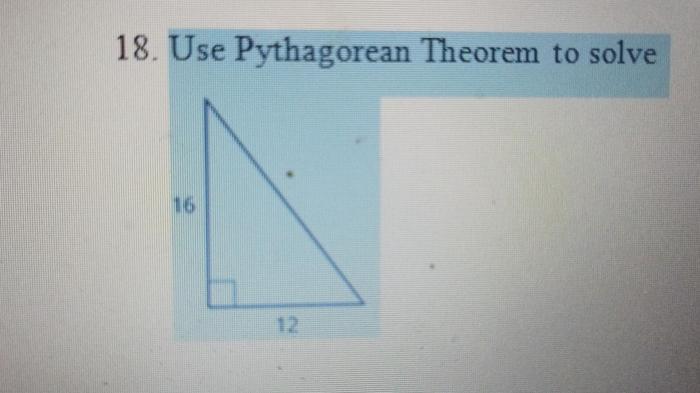
Delving deeper into the Pythagorean Theorem reveals fascinating patterns and relationships within right triangles. Beyond the general application of finding unknown sides, certain right triangles exhibit inherent properties that simplify calculations and provide valuable insights into geometry. These relationships, explored in this section, involve Pythagorean Triples and special right triangles.Understanding Pythagorean Triples and special right triangles enhances our ability to work with right triangles.
This understanding is crucial in various applications, from architectural design to navigation and even the study of celestial bodies.
Pythagorean Triples
Pythagorean Triples are sets of three positive integers (a, b, c) that satisfy the Pythagorean Theorem, a² + b² = c². These triples represent the side lengths of a right triangle where all sides are whole numbers. This property makes them exceptionally useful in problem-solving. Recognizing common triples simplifies calculations significantly.
- A Pythagorean Triple is a set of three positive integers (a, b, c) that satisfy the equation a² + b² = c².
- Common examples of Pythagorean Triples include (3, 4, 5), (5, 12, 13), and (8, 15, 17).
- These triples represent the sides of right triangles where all sides are whole numbers.
Significance of Special Right Triangles
Special right triangles are right triangles with specific angle measures. These triangles possess unique properties that simplify calculations and allow for easier determination of side lengths. Their importance stems from their predictable relationships between sides, which often lead to streamlined problem-solving.
- Special right triangles, such as 30-60-90 and 45-45-90 triangles, have predictable relationships between their side lengths.
- Knowing these relationships allows for quick and accurate calculations of unknown sides.
- These triangles are frequently encountered in geometric problems and practical applications.
Examples of Common Pythagorean Triples
Numerous Pythagorean Triples exist, but some are more common and frequently encountered. Understanding these common triples significantly speeds up problem-solving processes. Here are some frequently used examples:
- (3, 4, 5): A fundamental triple, representing a straightforward example of a right triangle.
- (5, 12, 13): Another widely used triple, commonly appearing in geometric problems.
- (8, 15, 17): A frequently encountered triple, offering another readily available example.
30-60-90 Triangles
A 30-60-90 triangle is a right triangle with angles measuring 30°, 60°, and 90°. A key characteristic is the consistent ratio between its sides. The side opposite the 30° angle is always half the length of the hypotenuse, while the side opposite the 60° angle is √3/2 times the length of the hypotenuse. This consistent relationship makes calculations straightforward.
The ratio of the sides in a 30-60-90 triangle is always 1:√3:2.
45-45-90 Triangles
A 45-45-90 triangle is another special right triangle. Its unique feature is the equal length of the legs. The hypotenuse is always √2 times the length of a leg. This property significantly simplifies calculations involving these triangles.
In a 45-45-90 triangle, the ratio of the sides is always 1:1:√2.
Comparison of Pythagorean Triples and Special Right Triangles
| Feature | Pythagorean Triples | Special Right Triangles |
|---|---|---|
| Definition | Sets of three positive integers satisfying a² + b² = c². | Right triangles with specific angle measures (e.g., 30-60-90, 45-45-90). |
| Focus | Integer side lengths. | Specific angle relationships and side ratios. |
| Application | Simplifying calculations in right triangle problems where integer sides are desired. | Streamlining calculations in problems involving predictable side ratios. |
| Examples | (3, 4, 5), (5, 12, 13) | 30-60-90, 45-45-90 |
Problem Solving Strategies: Use The Pythagorean Theorem
Mastering the Pythagorean Theorem goes beyond memorizing the formula. Effective problem-solving requires a strategic approach. This section details various techniques to tackle problems involving right triangles and the theorem, from identifying key information to avoiding common pitfalls.
Identifying Relevant Information
Successfully applying the Pythagorean Theorem hinges on accurately identifying the necessary components of a problem. Focus on the given dimensions and relationships within the right triangle. Look for quantities that represent sides (legs or hypotenuse) and any known angles. Consider if the problem requires finding a missing side or a relationship between the sides. For example, if a problem describes the height of a building and the distance from the building to a point on the ground, you should immediately recognize the potential for a right triangle.
Drawing Diagrams, Use the Pythagorean Theorem
A well-drawn diagram is often the first and most crucial step in solving Pythagorean Theorem problems. Visualizing the problem in a diagram allows you to understand the geometry involved and spot the relevant right triangle. Sketching the scenario, labeling known quantities, and representing the unknown with variables greatly enhances your understanding. For instance, a word problem about a ladder leaning against a wall can be represented with a right triangle, where the ladder is the hypotenuse, the wall is one leg, and the ground is the other leg.
Common Mistakes to Avoid
Mistakes are inevitable, but awareness of common errors can significantly improve accuracy. One frequent mistake is confusing the legs and the hypotenuse in the equation. Another is failing to correctly apply the Pythagorean Theorem to the specific context. Always double-check that the given information aligns with the problem statement and the diagram. Furthermore, ensure that your units are consistent throughout the calculations.
For instance, if lengths are given in centimeters, the final answer should also be in centimeters.
Problem-Solving Strategies Table
| Problem Type | Strategy | Example |
|---|---|---|
| Finding a missing side in a right triangle | Apply the Pythagorean Theorem (a2 + b2 = c2) and solve for the unknown side. | A right triangle has legs of length 3 cm and 4 cm. Find the length of the hypotenuse. |
| Real-world application (e.g., finding the length of a diagonal) | Visualize the scenario with a diagram. Identify the right triangle formed and the known sides. Apply the theorem. | A guy wire is attached to a 15-meter tall telephone pole. If the wire is anchored to the ground 8 meters from the base of the pole, how long is the wire? |
| Problems involving multiple right triangles | Divide the figure into smaller right triangles and apply the theorem to each one, building upon the results to solve for the overall unknown. | A ramp forms a right triangle with the ground and the building. The ramp extends 10 meters from the base of the building, and a second ramp extends from a point 4 meters up the building to the ground. Find the length of the second ramp. |
Final Thoughts
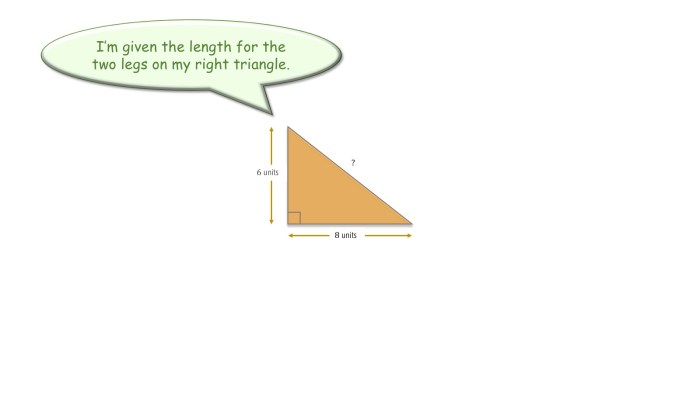
In conclusion, the Pythagorean Theorem isn’t just a formula; it’s a gateway to understanding the intricate relationships within right triangles. We’ve journeyed through its historical significance, practical applications, and variations. From calculating distances on a coordinate plane to understanding special right triangles, we’ve explored the theorem’s profound impact on various fields. Hopefully, this exploration has equipped you with the knowledge and confidence to tackle any problem involving right triangles.
